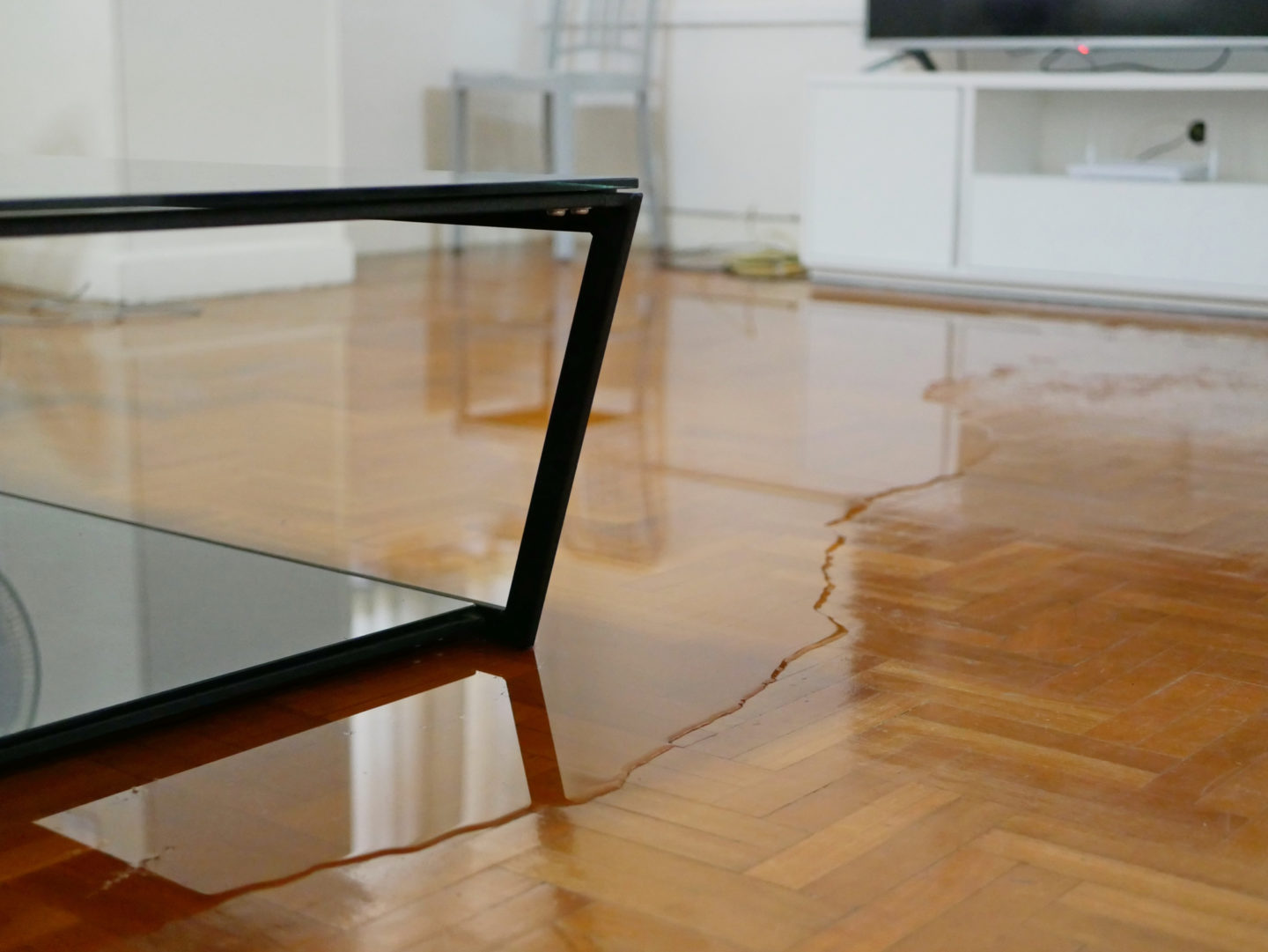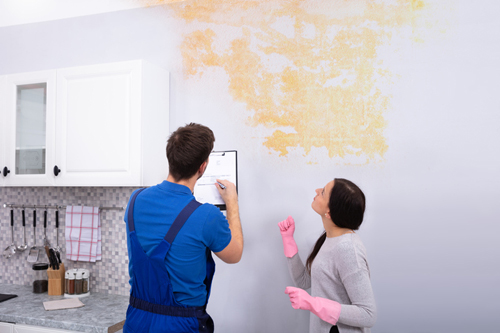Do's & Don'ts of Water Damages.
Do's & Don'ts of Water Damages.
Blog Article
The content in the next paragraphs in relation to 5 Home Safety Tips To Reduce The Risk Of Fire And Water Damage is extremely fascinating. You should read it.

Water gives life, water intrusion on components where it's not intended to be can result in damages. Houses with water damage scent moldy and old.
Water can originate from lots of sources such as hurricanes, floods, ruptured pipelines, leaks, and also drain issues. In case you experience water damages, it would be excellent to understand some safety preventative measures. Right here are a couple of guidelines on exactly how to manage water damages.
Do Prioritize Residence Insurance Coverage Insurance Coverage
Water damage from flooding as a result of hefty winds is seasonal. You can likewise experience a sudden flood when a faulty pipeline unexpectedly ruptures into your residence. It would certainly be best to have home insurance that covers both disasters such as natural tragedies, as well as emergencies like busted plumbing.
Don't Neglect to Shut Off Energies
This reduces off power to your whole home, avoiding electric shocks when water comes in as it is a conductor. Don't fail to remember to transform off the main water line valve.
Do Keep Proactive and Heed Climate Informs
Tornado floods can be extremely uncertain. If there is a background of flooding in your neighborhood, stay prepared and positive. If you live near a river, creek, or lake , listen to evacuation warnings. Take out prized possessions from the very beginning as well as cellar, then put them on the greatest feasible level. Doing so lowers possible property damages.
Do Not Neglect the Roofing System
You can prevent rain damage if there are no holes and leakages in your roof covering. This will certainly stop water from streaming down your walls and also saturating your ceiling.
Do Pay Attention to Tiny Leakages
A burst pipe does not occur overnight. Generally, there are warnings that show you have damaged pipes in your house. You may discover gurgling paint, peeling wallpaper, water streaks, water discolorations, or dripping noises behind the wall surfaces. At some point, this pipe will rupture. Preferably, you should not wait on points to escalate. Have your plumbing repaired before it leads to substantial damage.
Do Not Panic in Case of a Ruptured Pipe
Keeping your presence of mind is crucial in a time of situation. Since it will certainly stifle you from acting fast, worrying will only worsen the problem. Timing is crucial when it comes to water damage. The longer you wait, the more damages you can expect. Hence, if a pipe bursts in your house, right away shut down your main water valve to remove the resource. Then unplug all electric outlets in the area or turn off the breaker for that part of the house. Finally, call a credible water damages restoration specialist for support.
Water gives life, water breach on components where it's not expected to be can result in damages. Houses with water damages smell old and also mildewy.
Water damage from flooding dues to heavy winds is seasonal. You may notice gurgling paint, peeling off wallpaper, water streaks, water stains, or trickling noises behind the walls. When it comes to water damages, timing is crucial.
Some Do's & Don't When Dealing with a Water Damage
DO:
Make sure the water source has been eliminated. Contact a plumber if needed. Turn off circuit breakers supplying electricity to wet areas and unplug any electronics that are on wet carpet or surfaces Remove small furniture items Remove as much excess water as possible by mopping or blotting; Use WHITE towels to blot wet carpeting Wipe water from wooden furniture after removing anything on it Remove and prop up wet upholstery cushions for even drying (check for any bleeding) Pin up curtains or furniture skirts if needed Place aluminum foil, saucers or wood blocks between furniture legs and wet carpet Turn on air conditioning for maximum drying in winter and open windows in the summer Open any drawers and cabinets affected for complete drying but do not force them open Remove any valuable art objects or paintings to a safe, dry place Open any suitcases or luggage that may have been affected to dry, preferably in sunlight Hang any fur or leather goods to dry at room temperature Punch small holes in sagging ceilings to relieve trapped water (don't forget to place pans beneath!); however, if the ceiling is sagging extremely low, stay out of the room and we'll take care of it DO NOT:
Leave wet fabrics in place; dry them as soon as possible Leave books, magazines or any other colored items on wet carpets or floor Use your household vacuum to remove water Use TV's or other electronics/appliances while standing on wet carpets or floors; especially not on wet concrete floors Turn on ceiling fixtures if the ceiling is wet Turn your heat up, unless instructed otherwise

As an enthusiastic reader about Simple Solutions To Preventing Fire And Water Damage To Your Home, I figured sharing that excerpt was necessary. Appreciated our review? Please share it. Let another person discover it. Many thanks for going through it.
Report this page